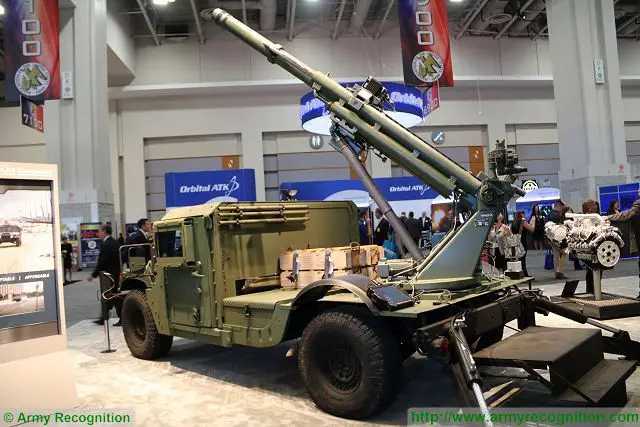I was more under the impression that you were mostly concerned with the mechanics of "getting there", since deploying heavyweight (or even medium) armoured vehicles overseas is slow, difficult and expensive. My main objection to mixed fleets isn't so much that they are mixed (Combat Guards, Broncos and CV-90 platforms are pretty mixed) but the CF's habit of having "micro" fleets which are far too small to be truly viable, or have platforms which are only marginally related. Our holdings of LAV series vehicles is insanely expensive because it is essentially 3 or 4 different fleets all masquerading as the "same" family (Bisons, Coyote's, LAV 3 and LAV6.0 have very little in common with each other).
But underneath all that is "why" we are buying particular vehicles. Many readers will remember the great tank debate of the early 2000's, where the CF was set to eliminate its tank holdings in favour of a gun platform based on the LAV MGS chassis, and the putative MMEV as a long range fire support companion. The true horror of the decision wasn't that it was not possible, but rather no thought seemed to have been given as to how this was actually supposed to work (i.e. doctrine). This is in addition to having two tiny fleets of very expensive, complicated and essentially bespoke vehicles to man and support should the concept have ever been adopted.....The TAPV seems to have gone through the same experience, with it being offered as an APC for the Light Infantry Battalions at one point, despite it being rather unsuitable for the role. If it is going to be passed from hand to hand like that, one has to wonder why it was purchased in the first place (i.e. what role was it meant to fulfill)?
Of course this isn't even the only example, as the endless saga of Canada's quest for a replacement fighter is demonstrating now, or the "Big Honking Ship" project which evaporated, or the "debates" around Canada purchasing nuclear submarines, or just what sorts of ships and forces we need for the arctic, etc. etc. One fine day we may end up with grown ups in charge, who do clearly see and articulate a Canadian Grand Strategy, or at least clearly define the National Interest, and from there define what roles and missions of Canada's Armed forces will be, and what levels of manning and equipment are needed to achieve these ends.


